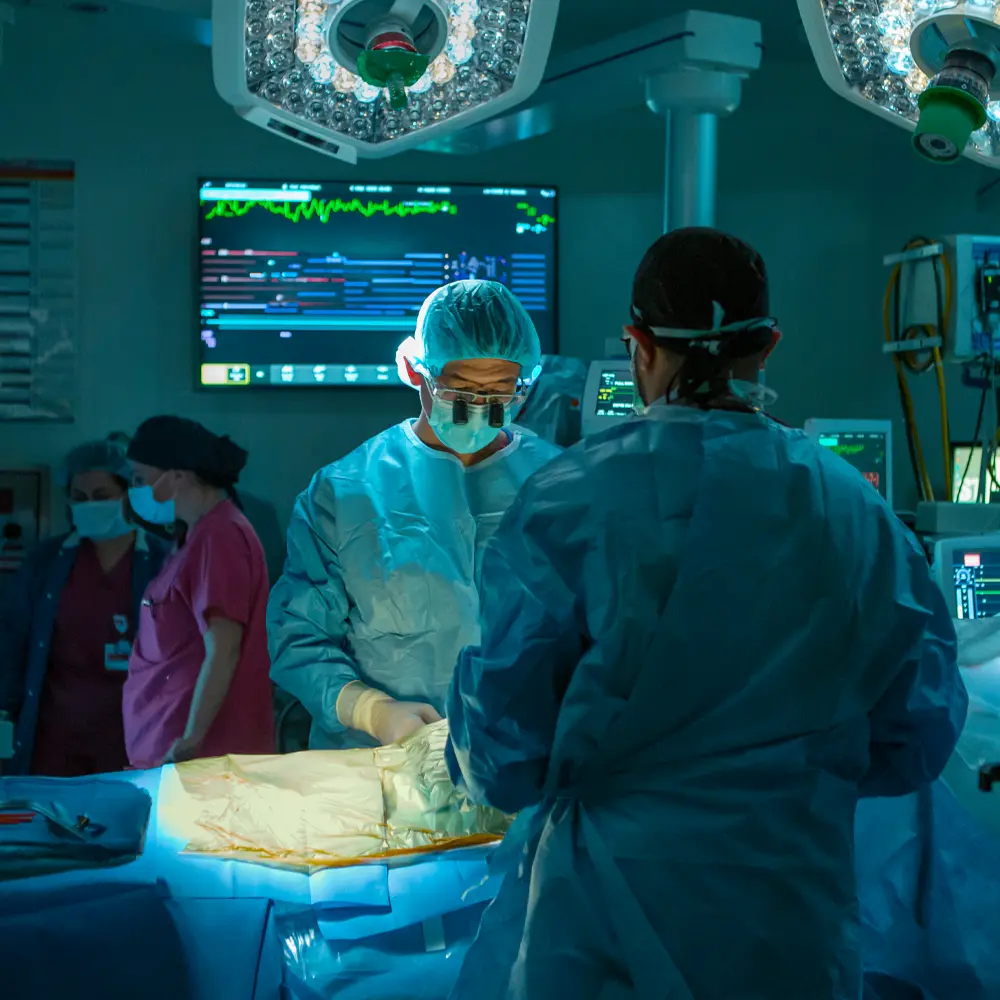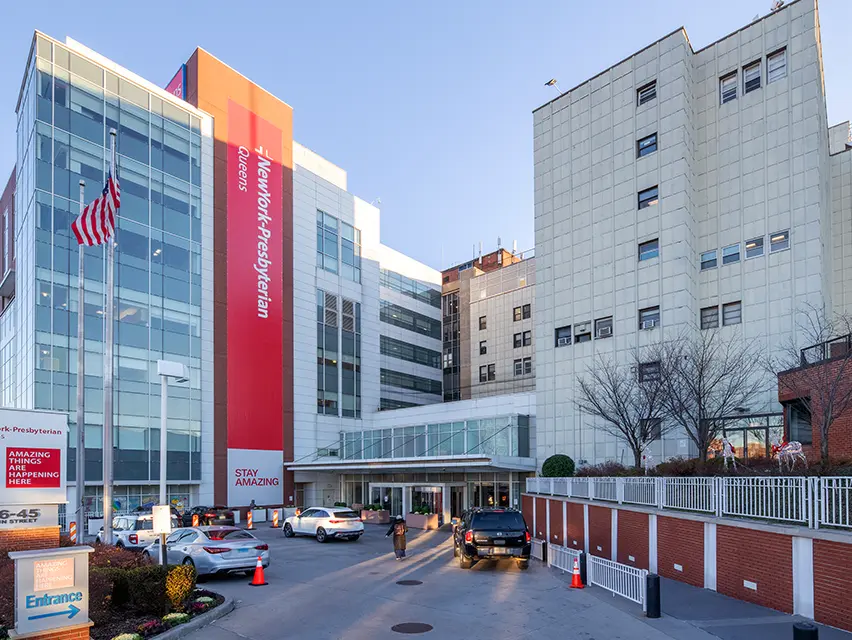When you come to NewYork-Presbyterian Queens for heart surgery, you can trust that you're in the hands of a world-class team known for their experience and innovation in the field. Our heart surgeons provide advanced cardiac surgery for a variety of conditions, ranging from coronary artery bypass grafting, and aneurysm repair to the treatment of atrial fibrillation.
We're proud to be a part of NewYork-Presbyterian, more people trust their hearts to us than any other hospital in New York.* NewYork-Presbyterian Queens is the only hospital in the borough to offer open heart surgery and cutting-edge treatment for transcatheter aortic valve replacement (TAVR). The Heart Valve Center at NewYork-Presbyterian Queens is dedicated to pioneering new, less-invasive techniques for treating damaged mitral, aortic, and pulmonary valves. Together, our team assesses each case using state-of-the-art diagnostic tools and recommends appropriate treatment solutions based on each patient’s needs.
*Based on US News & World Report, 2023-2024 Top 50 Cardiology, Heart and Vascular Surgery rankings












